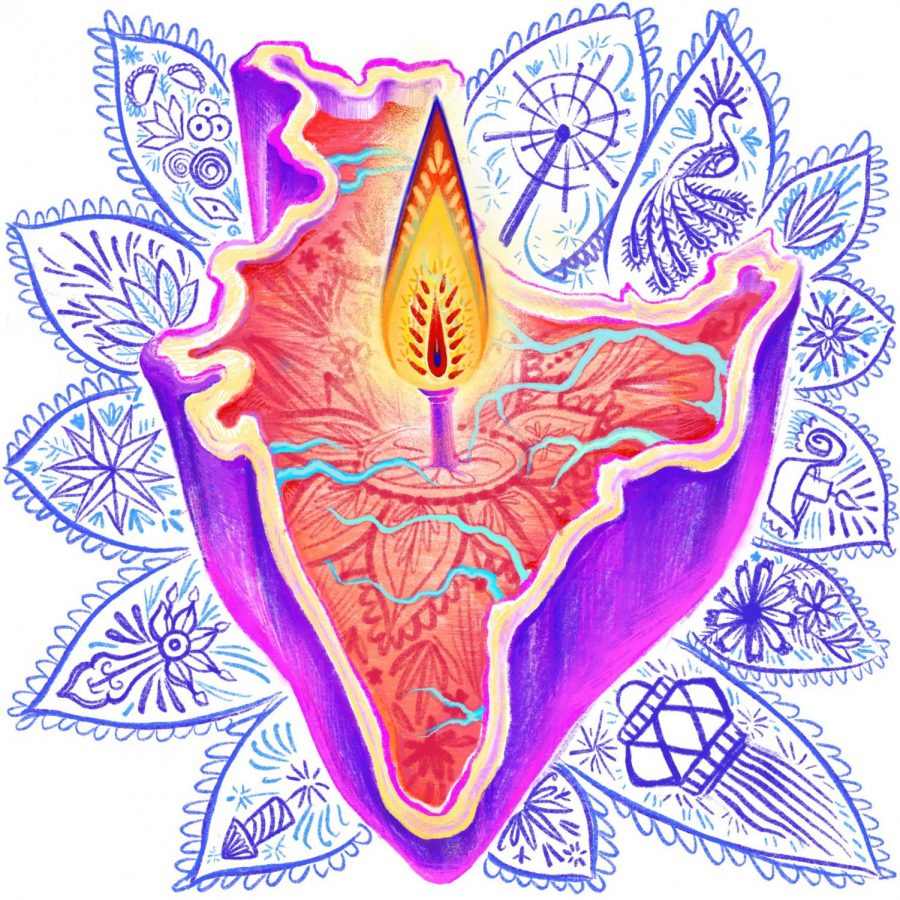Family, tradition and celebration: The essence of Indian festivals
As October rolls around the corner, billions of Hindus begin the annual preparations to honor the traditions specific to Navaratri, Dussehra and Diwali, the main Indian festivals during fall.
Women adorned in jewelry and draped in yards of colorful silk around the waist and shoulder, known as the traditional saree, vividly complement an assortment of brightly colored Indian sweets and snacks lining the table. Sticky little hands demolish the tower of sweet morsels, which range from ladoo, a sugary flour ball speckled with nuts, to murukku, a crunchy, swirl-shaped treat made from chickpeas.
As the gathering moves into the living room, the focus falls on the golu display, a towering festive arrangement of clay dolls and figurines representing Hindu figures and gods. The golu dolls, along with the presence of traditional foods and music, were held in celebration of Dussehra, the celebratory party that ends one of the most significant festivals for Hindu devotees: Navaratri.
As October rolls around the corner, billions of Hindus begin the annual preparations to honor the traditions specific to Navaratri, Dussehra and Diwali, the main Indian festivals during fall.
Navaratri is a function dedicated to the divine feminine goddess Devi, or Durga “the invincible,” a protector and source of positive energy for Hindus. The golu presentation is more prevalent to those who hail from south India, while north Indians and Nepalians create pandals, temporary shrines built in the community. Navaratri, which contains the root word “nava” meaning “nine” in Hindi, spans over nine days; this year, festivities began on Sunday, Sept. 28 and ended on Oct. 7.
Some worshippers believe in meditative fasting during Navaratri, which includes strict diets composed of fruits, nuts, milk and a few flour products. For Indian families such as Aaditya Gulati’s (10), fasting, along with bathing and cleansing every day, is a method to remove all the dirt and evil accumulated throughout the year and to purify themselves in respect to the deities.
“Along with the other rituals, the food that we eat has to be prepared for the deities as well, and a lamp needs to be lit in every morning for all nine days to represent good and holiness,” Aaditya said.
After nine sacred days of religious piety, Dussehra, which occurred yesterday, commences with joyous celebrations of singing and dancing and food preparation. In celebration of Durga’s defeat of evil as well as appreciation for her protection, devotees burn a small statue of Ravana, an evil god with 10 heads and the main antagonist of the Indian folklore behind Navaratri.
“Like most Indian festivals, there’s going to be a lot of life and color during Dussehra,” Aaditya said. “The sweets and fruits are a huge part, but we also always wear and decorate the parties with a ton of colors to represent the fact that there’s so much positive energy fighting against evil and we have succeeded in purifying and cleansing ourselves of evil.”
During the Dussehra celebration, devotees also honor the deities that safeguard them through traditional Indian dance known as garba or dandia, a folk dance performed with short wooden sticks.
Minali Kapadia (10), who has practiced dandia for over 10 years with her family, appreciates that she can stay connected to her culture through traditional rituals as well as utilize the opportunity to introduce Indian culture to other people.
“My favorite part of Indian holidays other than the food is the ability to feel super included in a community, which is something that we are not really able to do on a daily basis,” Minali said.
Similarly, Diwali, known as the “festival of lights,” is another trademark Hindu festivity, from Oct. 27 to Nov. 1, that emphasizes community and family unity against symbolic forces of dark and evil.
Diwali directly translates to ‘row of lights’ and tells the love story and gripping saga of Sita and Rama, who eventually found their way back together by lighting rows of clay lamps despite being initially separated by the evil god Ravana.
Anu Datar, upper school computer science teacher who practices Hindu traditions, recalls the first 36 years of her life spent in India where she and her family celebrated Diwali with careful preparation.
As a child, Datar performed rituals and traditions such as buying new clothes, bathing in scented pastes and oils before sunrise, making ladoo and chakli sweets, and bursting fireworks, all with her parents, grandparents, uncles and aunts together. However, without the endless family members that played such integral roles in creating the familiar rituals and festivities back in India, Datar finds different ways to continue and preserve her traditions.
“I’ve definitely cut down [on Diwali preparations]; I just make a couple things,” Datar said. “In India, it was a communal effort, and [that] makes things a lot easier, but I wouldn’t say the significance or importance of Diwali has gone down because for me, it’s a very very important festival. I just cut down on the amount of things I do.”
Datar also realizes the significance of emphasizing traditional Indian holidays such as Diwali and continues tradition by exposing her culture and childhood to her own children.
“I feel that it’s not just me. My kids otherwise would not know about any of these [traditions] because they have not spent any Diwali in India,” Datar said. “I feel that they’re losing out on a lot of important cultural things that they should be aware of, and as people of Indian origin, I want them to be aware of these things and stay connected to what was important for me and my parents and generations before that.”
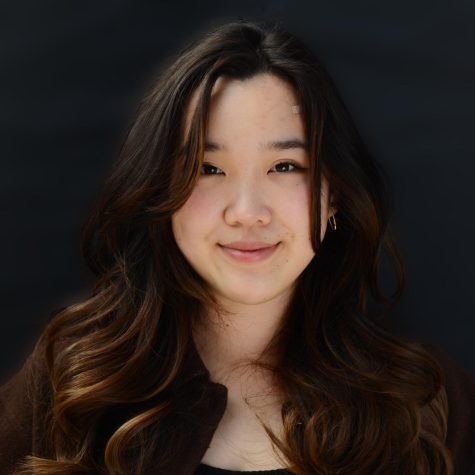
Alysa Suleiman (12) is the co-editor-in-chief of Harker Aquila. This is her fourth year on staff, and she previously served as Aquila's first A&E editor,...
Varsha Rammohan (12) is the co-editor-in-chief of Harker Aquila. This is her fourth year on staff, and she likes journalism since she can meet new people...
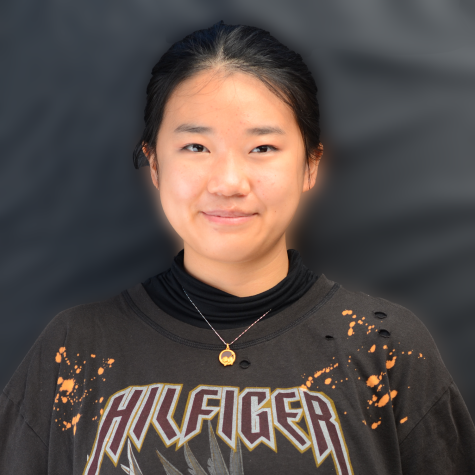
Michelle Liu (12) is the co-editor-in-chief of The Winged Post. She joined the journalism program in her sophomore year as a reporter and became the Winged...

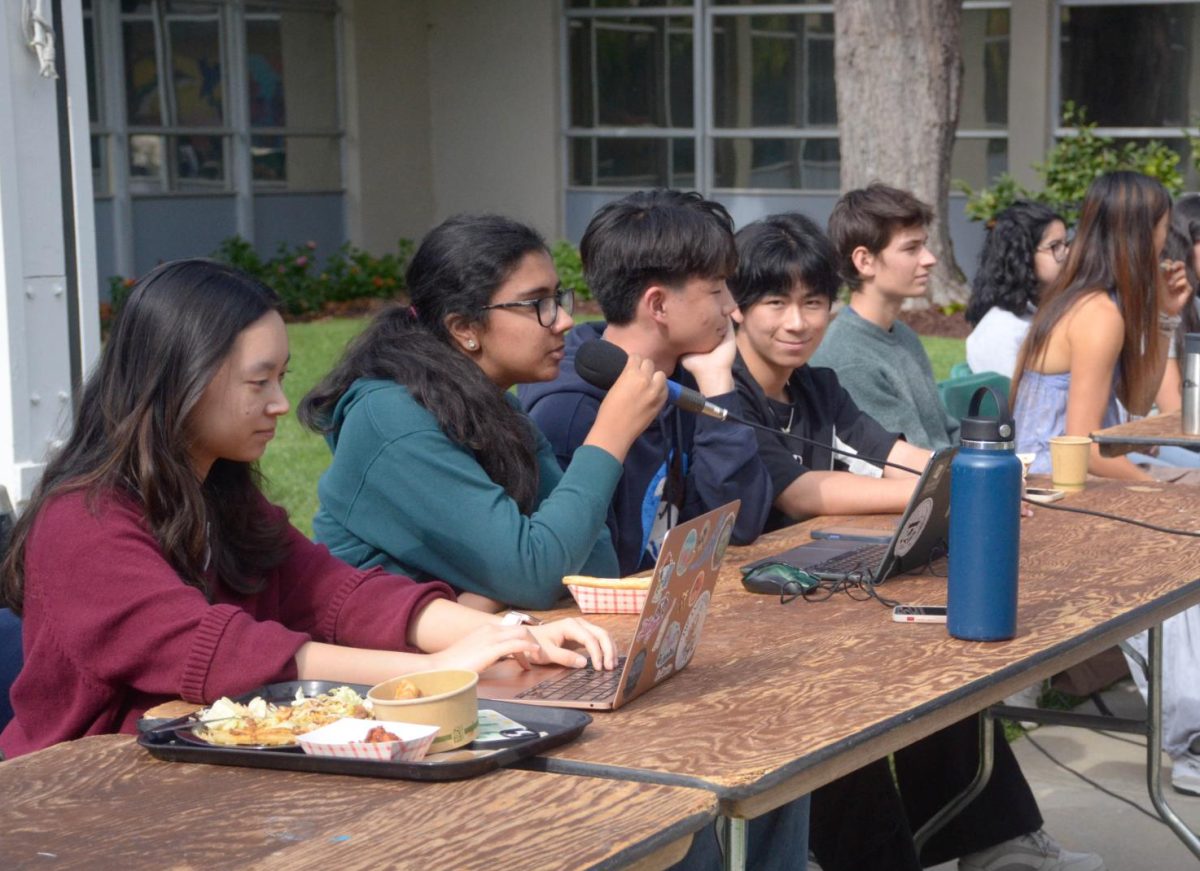
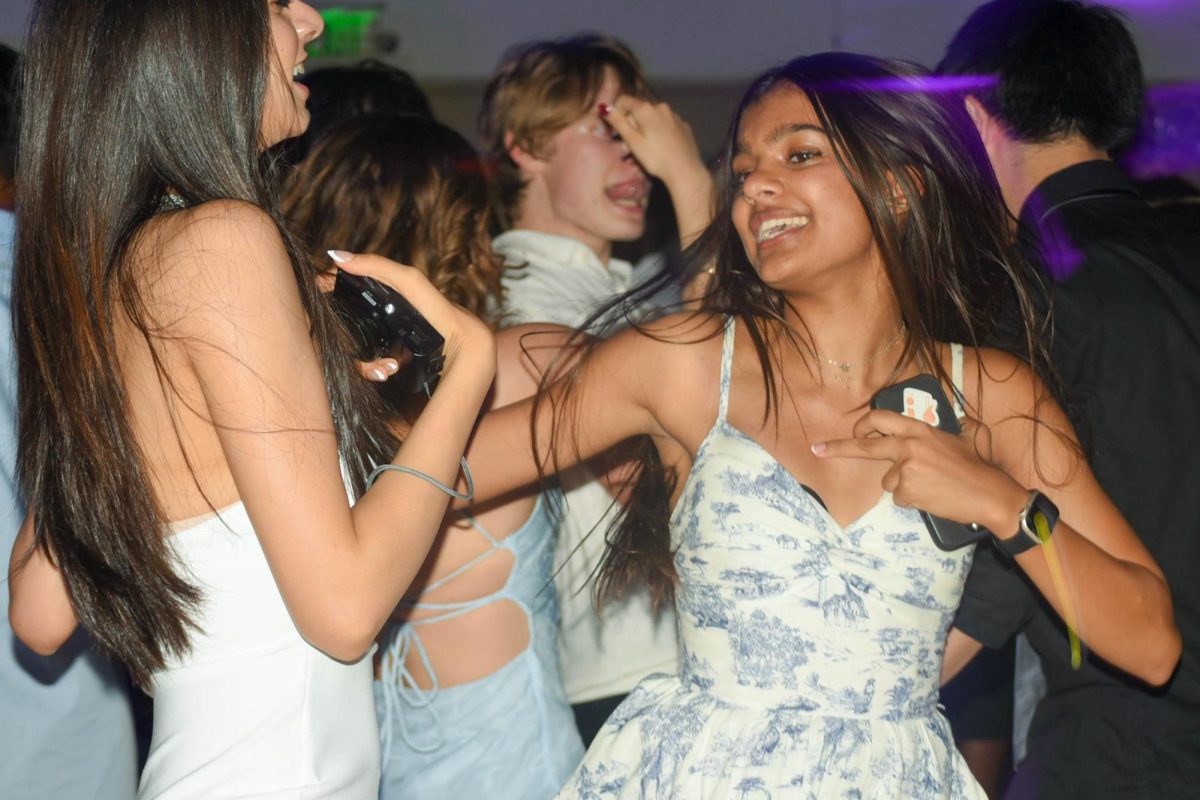
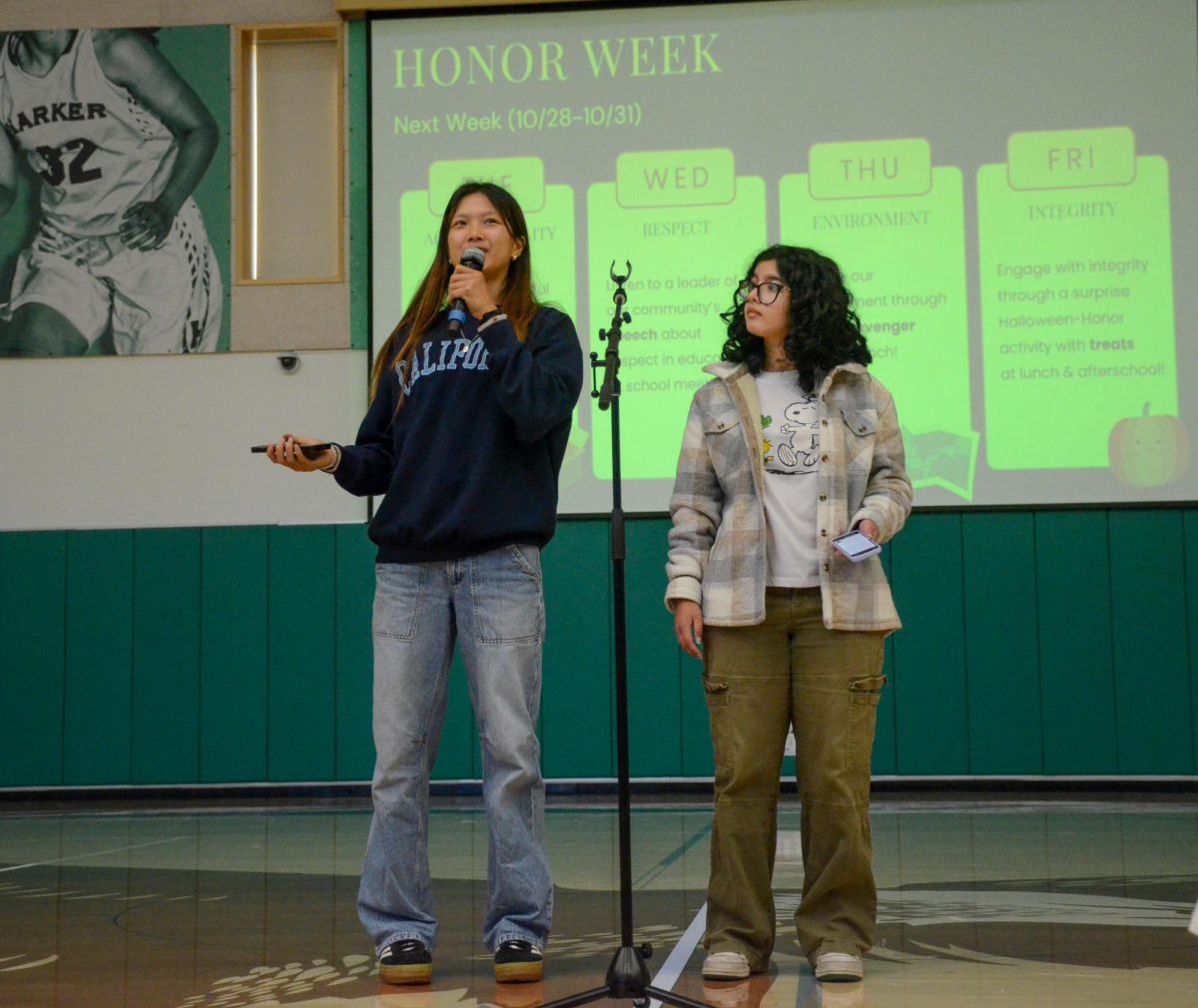
![LALC Vice President of External Affairs Raeanne Li (11) explains the International Phonetic Alphabet to attendees. "We decided to have more fun topics this year instead of just talking about the same things every year so our older members can also [enjoy],” Raeanne said.](https://harkeraquila.com/wp-content/uploads/2025/10/DSC_4627-1200x795.jpg)
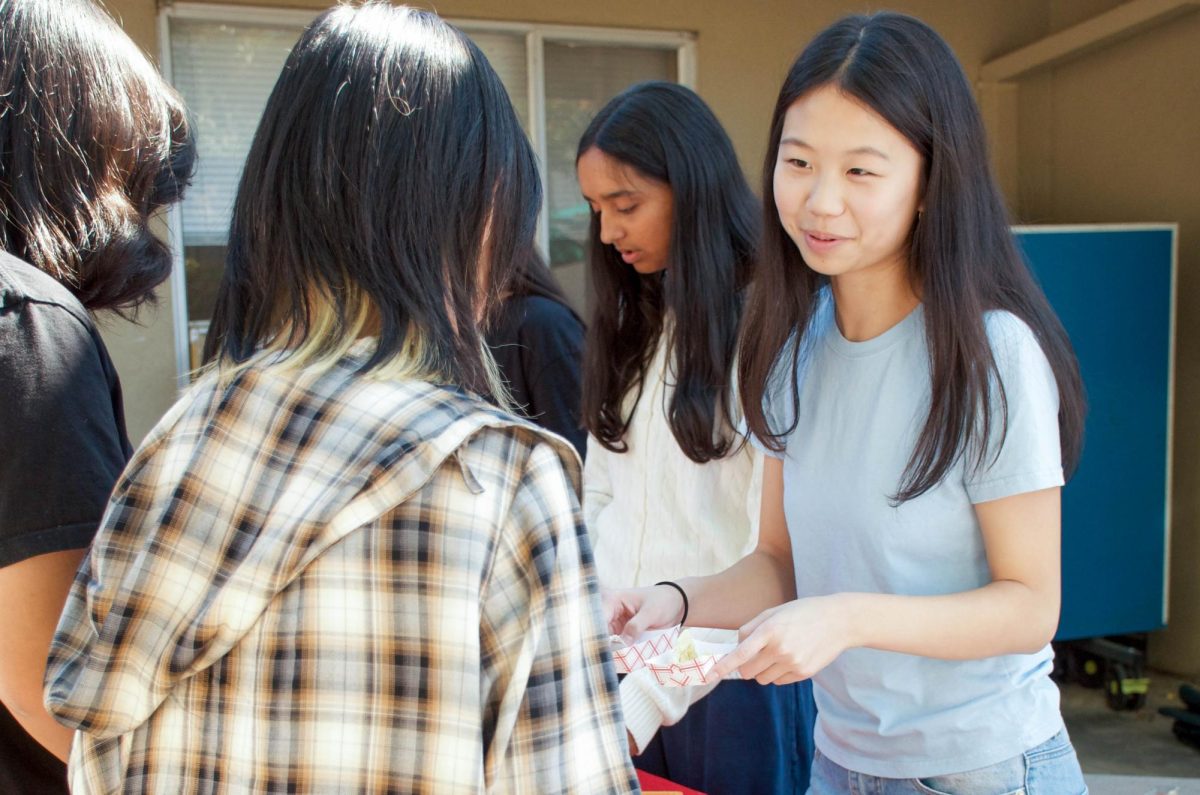

















![“[Building nerf blasters] became this outlet of creativity for me that hasn't been matched by anything else. The process [of] making a build complete to your desire is such a painstakingly difficult process, but I've had to learn from [the skills needed from] soldering to proper painting. There's so many different options for everything, if you think about it, it exists. The best part is [that] if it doesn't exist, you can build it yourself," Ishaan Parate said.](https://harkeraquila.com/wp-content/uploads/2022/08/DSC_8149-900x604.jpg)




![“When I came into high school, I was ready to be a follower. But DECA was a game changer for me. It helped me overcome my fear of public speaking, and it's played such a major role in who I've become today. To be able to successfully lead a chapter of 150 students, an officer team and be one of the upperclassmen I once really admired is something I'm [really] proud of,” Anvitha Tummala ('21) said.](https://harkeraquila.com/wp-content/uploads/2021/07/Screen-Shot-2021-07-25-at-9.50.05-AM-900x594.png)







![“I think getting up in the morning and having a sense of purpose [is exciting]. I think without a certain amount of drive, life is kind of obsolete and mundane, and I think having that every single day is what makes each day unique and kind of makes life exciting,” Neymika Jain (12) said.](https://harkeraquila.com/wp-content/uploads/2017/06/Screen-Shot-2017-06-03-at-4.54.16-PM.png)








![“My slogan is ‘slow feet, don’t eat, and I’m hungry.’ You need to run fast to get where you are–you aren't going to get those championships if you aren't fast,” Angel Cervantes (12) said. “I want to do well in school on my tests and in track and win championships for my team. I live by that, [and] I can do that anywhere: in the classroom or on the field.”](https://harkeraquila.com/wp-content/uploads/2018/06/DSC5146-900x601.jpg)
![“[Volleyball has] taught me how to fall correctly, and another thing it taught is that you don’t have to be the best at something to be good at it. If you just hit the ball in a smart way, then it still scores points and you’re good at it. You could be a background player and still make a much bigger impact on the team than you would think,” Anya Gert (’20) said.](https://harkeraquila.com/wp-content/uploads/2020/06/AnnaGert_JinTuan_HoHPhotoEdited-600x900.jpeg)

![“I'm not nearly there yet, but [my confidence has] definitely been getting better since I was pretty shy and timid coming into Harker my freshman year. I know that there's a lot of people that are really confident in what they do, and I really admire them. Everyone's so driven and that has really pushed me to kind of try to find my own place in high school and be more confident,” Alyssa Huang (’20) said.](https://harkeraquila.com/wp-content/uploads/2020/06/AlyssaHuang_EmilyChen_HoHPhoto-900x749.jpeg)



